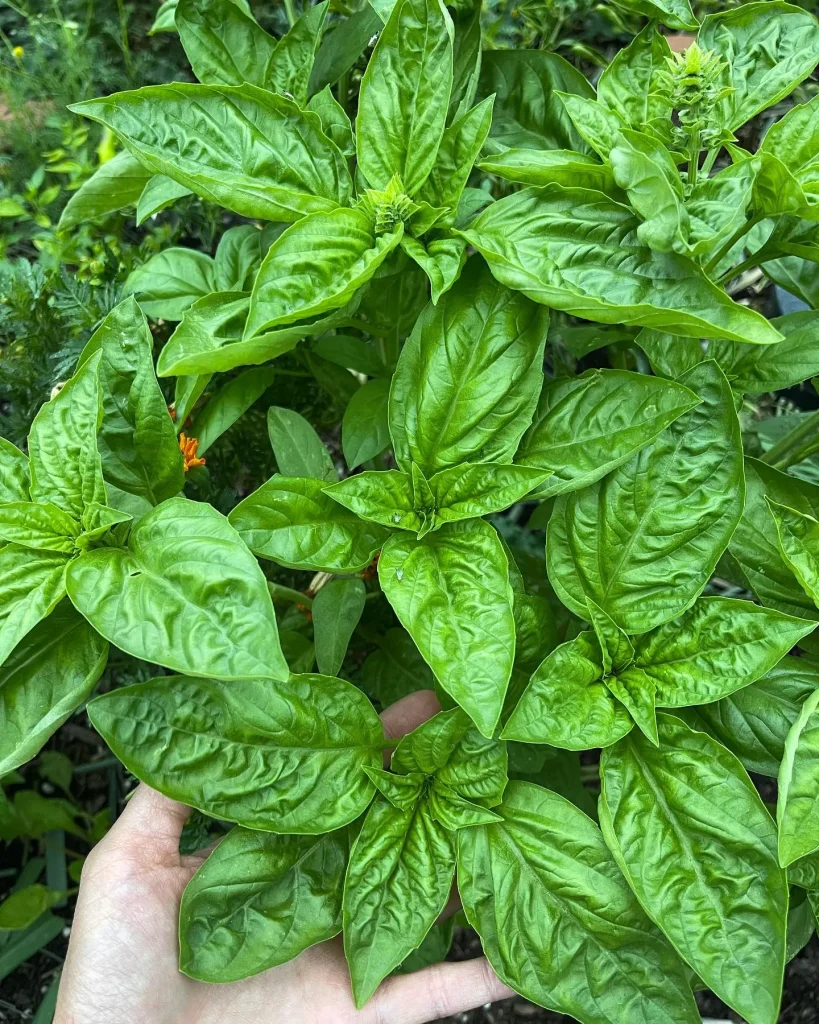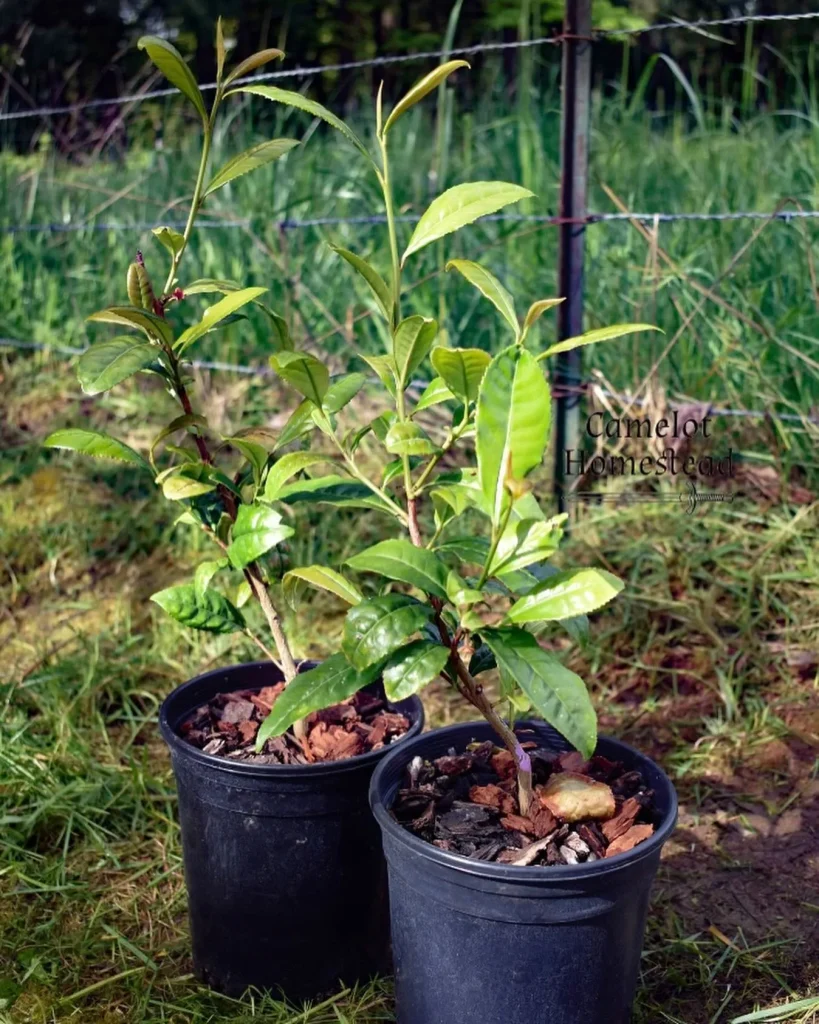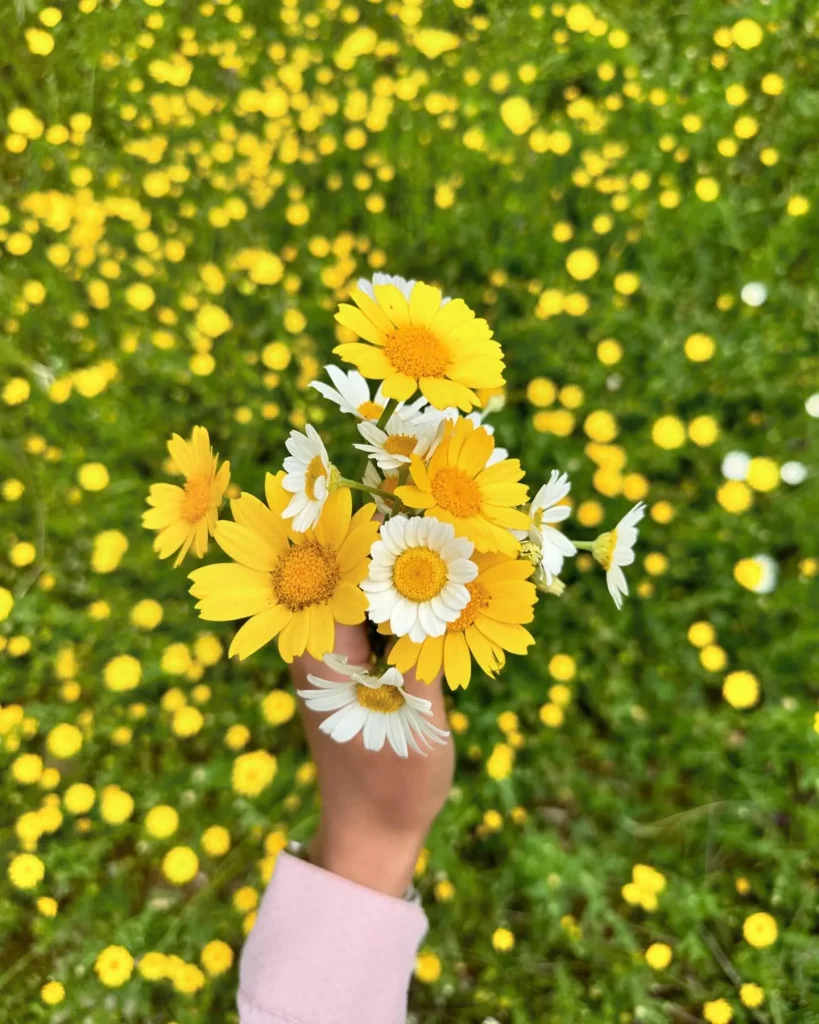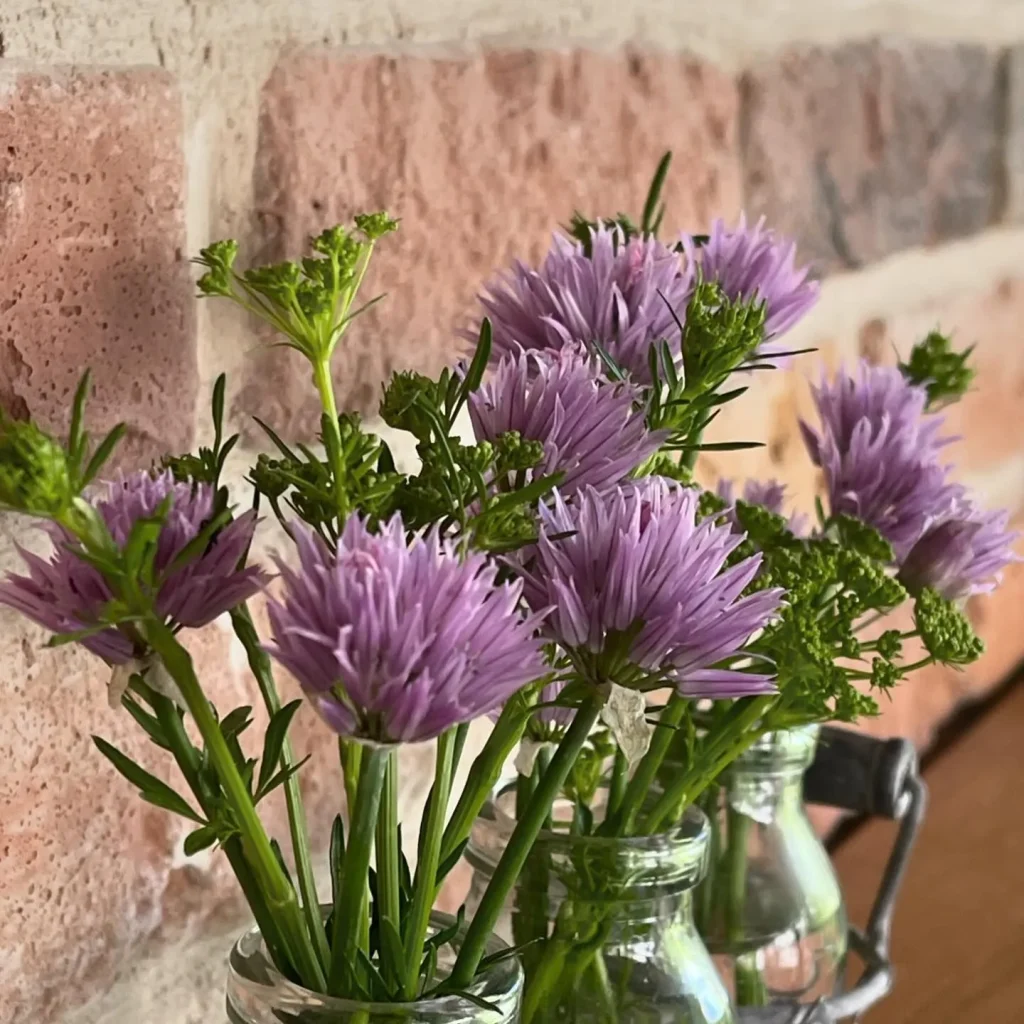Are you dreaming of stepping into your garden and plucking fresh herbs to elevate your culinary creations? Starting my own herb garden is a rewarding journey that brings nature’s bounty right to my doorstep.
Let’s delve into the world of herb gardening together!
Embracing the Herb Garden Lifestyle
As a self-proclaimed food enthusiast, I understand the joy of incorporating freshly picked herbs into my everyday meals.
The convenience and flavor enhancement they offer are unmatched. Whether I’m a novice gardener or a seasoned pro, herbs are the perfect companions for my gardening endeavors.
Choosing the Perfect Spot for My Herb Garden
Selecting the ideal location for my herb garden sets the foundation for success. Placing it near my kitchen ensures easy access to my herbal treasures while cooking up a storm. Sunlight is essential for herb growth, so I opt for a sunny spot in my garden that receives at least 6 hours of direct sunlight daily. I shelter my herbs from harsh winds and excessive moisture to create a thriving herb haven.
If space is limited, I don’t fret! Pots and containers provide a versatile solution for cultivating herbs in compact areas. I consider creating a living wall with hanging pots to transform a mundane fence into a vibrant herb display.
Cultivating the Perfect Growing Conditions
Mastering the art of herb gardening involves understanding the key elements that contribute to my plants’ health and vitality.
Let’s explore the essential factors of sunlight, soil, and water that shape my herb garden’s success.
Sunlight: My Herb’s Best Friend
Herbs are sun-loving creatures that thrive in bright, sunny conditions. I aim for 4 to 5 hours of sunlight as a minimum requirement, with Mediterranean herbs like lavender and rosemary craving even more sun exposure. I tailor my herb selection to suit the sunlight levels in my garden, ensuring each plant receives the necessary light for optimal growth.
Soil: The Foundation of My Herb Happiness
Creating a well-draining soil environment is crucial for herb prosperity. Herbs detest soggy conditions and prefer soil that allows excess water to drain freely.
I enhance clay soil with organic matter like compost or manure to improve drainage and provide a nutrient-rich environment for my herbs to flourish.
Water: Nurturing My Herbal Allies
Maintaining proper hydration for my herbs is essential for their well-being. I strike a balance between watering my plants adequately without overdoing it.
Pots and containers require regular monitoring to prevent soil dryness, especially in porous containers like terracotta. Grouping pots together can help regulate moisture levels and protect my herbs from extreme temperatures.
Crafting My Herb Collection
As I embark on my herb gardening journey, curating a collection of herbs that align with my culinary preferences is key. Let’s explore a selection of popular herbs that will elevate my dishes and inspire my culinary creations.
Basil: My Versatile Herb

Basil’s fresh and peppery flavor makes it a kitchen staple for Italian dishes and beyond. I consider growing basil in a greenhouse alongside tomato plants for a thriving herb duo that enhances each other’s growth.
Bay Laurel: A Subtle Flavor Enhancer

Bay leaves add depth and complexity to soups and stews, elevating everyday dishes with their subtle aroma. I cultivate bay laurel in a container to protect it from harsh winter conditions and ensure year-round growth.
Chamomile: A Tranquil Herbal Retreat

Chamomile brings a sense of calm to my garden and my tea cup, offering soothing properties and a delicate floral flavor. I harvest chamomile flowers to brew my own calming tea blend and unwind after a long day.
Chives: My Mild Onion Alternative

Chives impart a gentle onion flavor to dishes without overpowering other ingredients. I sprinkle fresh chives over soups and salads for a subtle kick of flavor that complements various dishes.
Coriander: My Zesty Herb
Coriander’s distinct citrusy flavor adds a vibrant punch to Asian and Mexican cuisines. I utilize both the leaves and seeds in my cooking to infuse dishes with a unique and aromatic twist.
Dill: A Fragrant Addition
Dill’s feathery fronds offer a distinctive aroma and flavor that pairs perfectly with fish dishes and pickles. I embrace dill in my herb garden to elevate my culinary creations with its fresh and fragrant profile.
Lavender: Beauty and Flavor Combined
Lavender’s floral notes bring a touch of elegance to desserts and savory dishes, adding a subtle yet captivating essence to my culinary repertoire. I incorporate lavender into my herb garden for a sensory experience that transcends the ordinary.
Mint: The Vigorous Grower
Mint’s refreshing flavor and vigorous growth make it a popular choice for herb enthusiasts. I cultivate mint in pots to control its spread and enjoy its versatile applications in beverages, desserts, and savory dishes.
Parsley: My Versatile Garnish
Parsley’s versatility as a garnish and flavor enhancer makes it a must-have herb in my kitchen garden. I add parsley to salads, stews, and various dishes to elevate their taste profile and infuse them with fresh herbal notes.
Rosemary: The Fragrant Essential
Rosemary’s aromatic presence elevates roast dishes and savory creations with its earthy and pine-like fragrance. I incorporate rosemary into my herb garden to enhance my culinary repertoire and infuse dishes with its distinctive flavor profile.
Starting Herbs from Seeds
Embark on the rewarding journey of starting herbs from seeds to witness the miraculous growth process from the beginning.
- Select Herb Seeds: Choose a variety of herb seeds that align with your culinary preferences and gardening goals.
- Prepare Containers: Use seed trays or peat pots filled with well-draining seed starting mix for optimal growth conditions.
- Plant Seeds: Moisten the mix, plant seeds at the recommended depth, label containers, and provide warmth and light for germination.
- Care and Maintenance: Water gently, monitor growth, thin out overcrowded seedlings, and transplant when ready.
- Nurture Seedlings: Harden off before transplanting, provide sunlight, water, and nutrients, prune regularly, and enjoy your homegrown herbs.
Starting herbs from seeds is a fulfilling experience that connects you with nature and yields a bountiful harvest of fresh, flavorful herbs for your culinary creations.
Conclusion
Embarking on my herb gardening journey with confidence and enthusiasm, I know that each herb I cultivate brings a touch of nature’s bounty to my culinary adventures. By following these tips and selecting the right herbs for my garden, I’ll create a vibrant herb oasis that not only enhances my dishes but also enriches my gardening experience. I start my herb garden today and savor the joy of harvesting fresh herbs from my own backyard!